Blog

C.G.I. – Capture, Generate…..Innovate!
For those of you with long memories, my ‘CGI journey’ started in 2004, setting up a CGI production studio AIR-CGI (Automotive Image Rendering) in 2006 and creating Ford USA’s first CGI press ad campaign for their new model, the Ford Edge. Our Mars press ad with AMVBBDO London won a Campaign Photo Award shortly after, along with a Round-The-World shoot for Volvo Sweden & their agency SCP Goteborg…but more on that later!
In a production meeting recently I was asked my feelings regarding the process known as C.G.I. It was a great question so I’ve taken to my blog to answer it. Nowadays you can’t be in my business without having experience using this medium, thankfully, that’s not an issue for me as I have always enjoyed working with the latest technology – most of the time, it makes my job easier!
3 Things I love about C.G.I.
1. I was C.G.I. before C.G.I. was cool. – I’ve been working in this medium for 15 years now. I absolutely love the on-location shoots where we travel to the venue because there isn’t anything like the same atmosphere when you are required to Computer Generate it all in. I have been commissioned to shoot worldwide – Hong Kong, Rio, Miami, Chicago, Barcelona, Morocco…and Birmingham – to name a few…. So I would have to say some of my favourite C.G.I. moments have come from these types of shoots.
Here is one of my most recent adventures commissioned by Saatchi & Saatchi London for Zovirax/GSK which launched in January. We were tasked with creating a press ad to fit both 48 sheet and 6 sheet poster format executions, shooting models, props, vehicles and landscapes on location then integrating with CGI elements of a virus and force field. All of the UK team & models flew to meet with the local crew & guides in Morocco. The journey to location took us through dunes & along dusty tracks way, way out in the middle of nowhere. We dismissed the idea of air-conditioned five star hotels in favour of a collection of mud huts in a wadi affectionately christened ‘the pizza ovens’ for pretty obvious reasons! I still have fond memories of great evenings spent after wrapping the days shooting chatting & drinking the local brews around camp (glossing over the stomach upsets suffered by a few of the crew!). We were on location in the desert for about a week with Hummers, drones, models and all the extras. Once the shoot was complete – I returned to London to finish the assignment, post production, which was a challenge as I am a self-confessed perfectionist when it comes to making sure everything that appears on screen is ‘realistically’ to scale – given that the models and Hummers are fighting a giant virus…
Other recent CGI shoots have been a collaboration with TMW London & Realtime for Infiniti and also with Royal Enfield – both shooting landscape backplates & HDRs for CG vehicles.
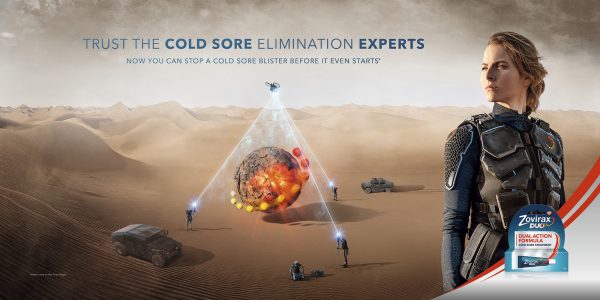
2019 press campiagn for Zovirax with Saatchi & Saatchi London shot on location in Morocco
2. C.G.I. – license to, well do anything you want really….!
Got an imagination? Good then literally anything you can imagine can appear thanks to G.G.I. Using C.G.I. you have much more control than in other more physically based processes, for example you dispense with the need to construct miniatures for effects shots or expensive set builds & props and also because it allows the creation of images that would not be feasible using any other technology.
Have a look at the process for creating an ad campaign for Ford. I started with a location shoot in New York – just a path in Fort Tryon Park. Then in stages we render the car, plus the stone wall it’s sitting on…. adding the material textures and details, and finally – a few models nonchalantly wandering past a car perched on a wall…!!

Ford Edge USA Final Press AD ‘The Edge is Never Dull’ campaign 2006
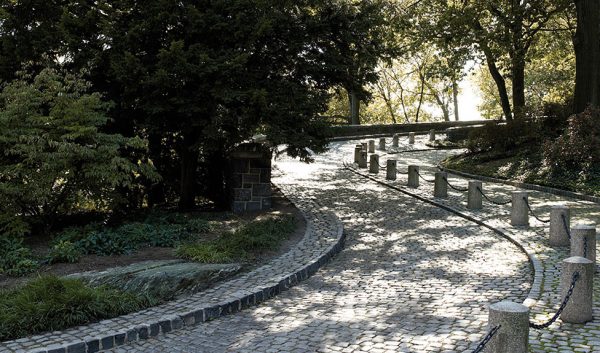
Ford Edge USA press campaign CG build – backplate

Ford Edge USA press campaign CG build – wireframe

Ford Edge USA press campaign CG build – greyscale render
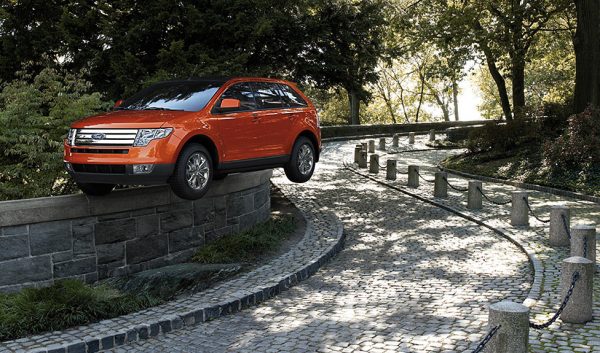
Ford Edge USA press campaign CG build – final render
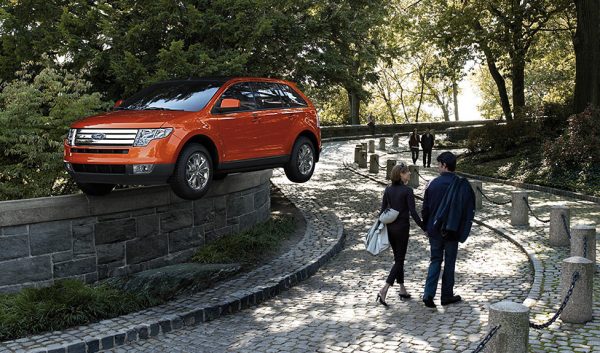
Ford Edge USA press campaign CG build – final render with models
3. Do what you love – love what you do!
For me C.G.I. is a specialist skill, like any other, and a way for me to stay in a field that I love. I thrive on the creative, I love being a photographer, I love cars and my passion for car photography means I need to embrace the technology that allows me to bring my passion to the brand I’m commissioned to shoot. One of my favourite jobs I’ve done was an around-the-world trip with Volvo. We went to Barcelona, Hong Kong, Rio De Janeiro, Miami, Chicago. The concept was a world-wide vehicle launch campaign for the C30 where they wanted to show a range of 20-30 cars in different specs & colours and different locations. These cars would be available all over the world, so Volvo needed a creative that put the cars there, even though they hadn’t launched yet. Rather than have the international headache (and expense) of getting 20 – 30 vehicles all across the globe, it just made the most sense to re-produce the cars using CGI, but use real locations. So we travelled to the locations to capture the backgrounds & HDRs and shot the Statue of Christ down at Rio, Copacabana beach….etc. Then we CGI’ed the cars in later from the data Volvo had provided. We did pre-viz on location with proxy models, working on the finals back in the studio later. Both the background and the HDR were shot so the photography was as important as understanding the engineering data of the car in order to create the real-life idea that each Volvo had set its wheels on every continent!

Hong Kong ‘Spirit of Free Will’ campaign Volvo C30

Miami ‘Spirit of Free Will’ campaign Volvo C30

Chicago ‘Spirit of Free Will’ campaign Volvo C30
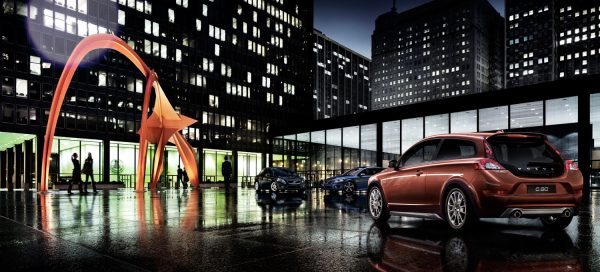
Chicago ‘Spirit of Free Will’ campaign Volvo C30

Rio De Janeiro ‘Spirit of Free Will’ campaign Volvo C30

Rio De Janeiro ‘Spirit of Free Will’ campaign Volvo C30
So….next question…is there a downside?
Well, yeah…..sort of…..
3 Things I like Least about C.G.I….
1. I don’t get to touch the cars!!!!! As a car-enthusiast I love the cars. Having to C.G.I. in a car – like in the Volvo shoot above – is the biggest downside I can think of really. I can’t get under the hood or behind the wheel… and worst of all – you can’t thrash it down a runway at speed! And there’s no new car smell!! (sorry team, you smell good I guess, but, I’d prefer leather upholstery to you ‘orrible lot any day- especially after one of those desert shoots!!!)
2. Time After Time
It. Can. Take. A. LONG. Time. Possibly longer than you think to get to the final image sign-off. There’s no getting around the process. It’s a process!
‘What colour should we have the car? Is that the right type of wheel on it? Is this the right kind of finish?’ Those are all decisions which are made further down the line now, so that elongates the CGI process in post-production. Sometimes the companies don’t know this information because they’re at such an early stage of development and they haven’t made that decision yet. For example, we were doing some tests with Bentley when we worked on the Continental Supersports. Bentley gave us some data, we produced an interior render and presented it to the designer who said, ‘we’re just building the first interior in the factory’. So we went over and had a look at the interior and the car had a different steering wheel on to the one we’d rendered!! The chief designer didn’t know that the boss of Bentley had said ‘no, actually we’ll change that, we’ll have this wheel on it instead’. So it’s not as quick and as simple as just taking a picture. You can take a picture in a sixtieth of a second, but to render an interior to 10K takes hours of computing.

Bentley Continental GT Supersports – CG car in photographic background shot in LA

Bentley Continental GT Supersports in CG background
3. All change!
Everyone can and does change their mind. Don’t like the red car? Can we do it blue? Or Green? Or grey? The light looks wrong, it’s too big, it’s too small…and, again, I am an absolute perfectionist so….
Each one of those seemingly small changes is another set of re-calculations, re-sets and re-renders in post-production, whereas – with a real car, well, just like me, it is what it is – innit?
And here are a handful of my past projects…

Mars CG Ice Cream van ‘A Little Bit Tasty’ press campaign for AMV BBDO London

Jaguar CX-75 James Bond Spectre – shot backplate & hero car. Range in CGI
Jaguar XFR Configurator – full CGI animation
MG3 ‘Go P3rsonal’ TVC – CGI cars
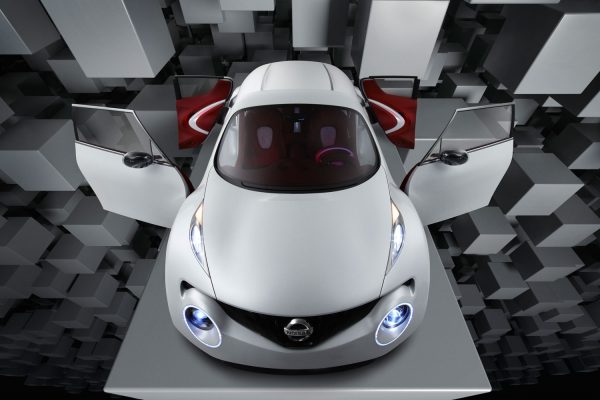
Nissan Quazana Concept – car shot in studio, background created in CGI

Backplate & HDR shot in LA 2004, CGI Audi R8

Lexus for Kitcatt Nohr London – full CG by AIR-CGI
Join me on Facebook and Instagram for updates & more behind the scenes.
Feel free to share on the social media icons below – thanks!















